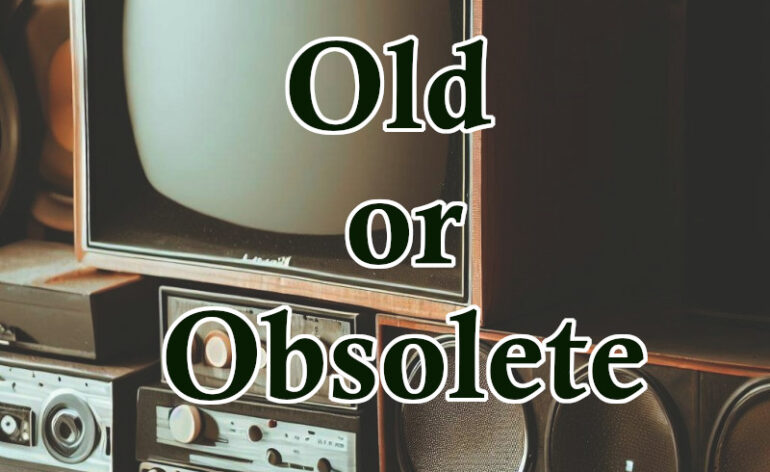Old (Not Obsolete) – Is My Gear Still Good?
Old, not obsolete. That phrase applies to any number of things – me included. But it applies to a hobby like AV, where technology ages quickly, and we always want the next best thing! So the question we ask today is, “Old (not obsolete) – Is my gear still good?” Let’s discuss.
Let’s Define Obsolete
Obsolete – Adjective
a) no longer produced or used; out of date.
b) of a kind or style no longer current.
Usage: Your speakers are obsolete. You should upgrade.”
Sadly, that definition can apply to so many things, but chief amongst them is AV. But does it? Sure, my Onkyo AV receiver has all the modern bells and whistles compared to the ‘89 Denon I still have in my 2.0 system. Yet my Denon keeps chugging along? But is it obsolete? And how does outdated factor into things like TVs, speakers and sources? Let’s dig a little bit deeper.
AV Receivers
In my opinion, deeming a receiver obsolete depends wholly on its use. Let’s return to my first AV Receiver in the ‘90s, an entry-level Kenwood. It maxed out at Dolby Pro Logic and only RCA inputs. I could probably hook it up to my modern system, but it would not be easy. However, Pro Logic didn’t have discrete channels like a modern 5.1 codec. Heck, it didn’t even have a dedicated LFE channel! In this case, it’s obsolete if I wanted a basic, current 5.1 system, let alone object-based audio like Atmos. Add the fact that it doesn’t have Bluetooth or WiFi, and it becomes more apparent that my Kenwood is obsolete.
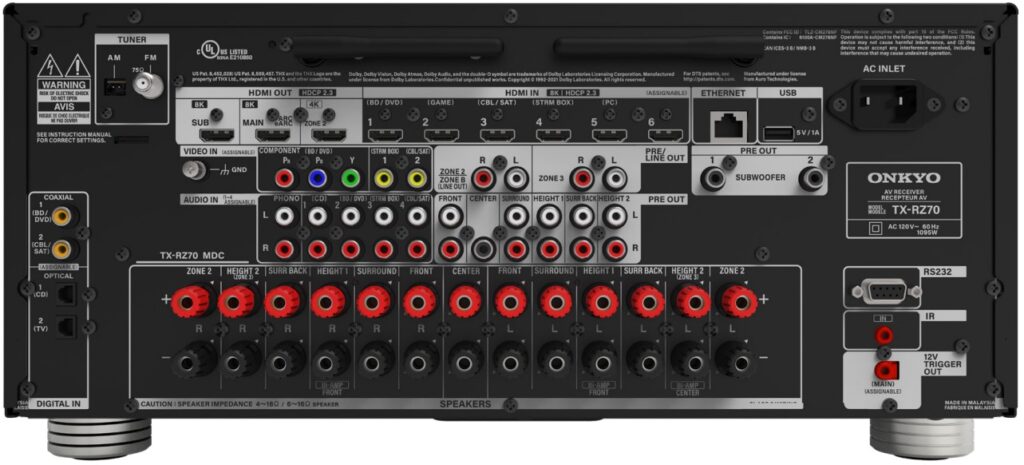
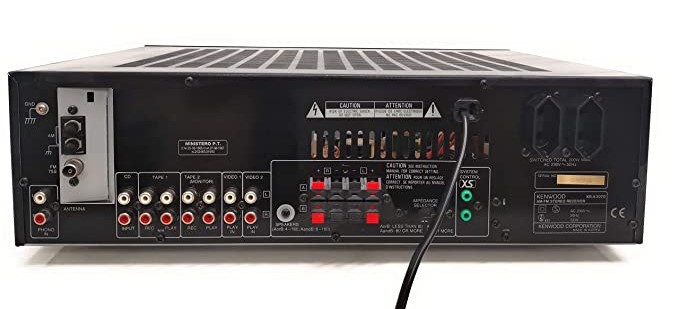
But what about an AV receiver that is five years old? That is absolutely not obsolete. Chances are you will have HDMI 2.0, pass-through for HDR and Dolby Vision, Atmos, DTS and Bluetooth and WiFi. But let’s back up a bit further. AV receivers from 10 years ago supported basic codecs Dolby in 5.1 surround. Atmos, DTS, and HDR/Dolby Vision weren’t a thing yet, so you won’t have any support. However, if you are still rocking a 1080p panel and aren’t interested in HDR and Atmos, 10 years is useable, but obsolete for a modern 4K, object based surround set-up.
Remember when I mentioned the use case? The oldest gear I have in my system are a late ‘80s Denon stereo receiver, tape deck, and CD player. The differences are minor when I compare my 1989 Denon stereo receiver to the latest integrated amp from Denon. What has changed? The addition of optical and coax inputs, a dedicated subwoofer output, Bluetooth and the lack of a radio tuner. That’s it!


TVs
I think that this one is a bit easier to deem obsolete. A CRT or rear-projection TV is outdated by today’s standards. They are low resolution and lack the proper inputs to be viable in a world of HDMI without some expensive external boxes. Like my ’89 Denon receiver, if you use your CRT as part of a vintage system that uses those legacy inputs, it’s not obsolete for THAT use. But you have locked it in time.
But what about TVs from the last five to ten years? I am going to slide more toward obsolete. First, you are probably looking at resolutions from 720p to first-gen 4k. Secondly, you are most likely getting old backlit or edge-lit panels, so don’t expect excellent black levels. I think my Samsung from 10 years ago is a 1000:1 contrast. Lastly, if you do have a first-gen 4K tv, you probably have a terrible implementation of HDR (if any), and Dolby Vision Probably wasn’t available. And HDMI 2.1? Forget it. Chances are you probably have HDMI 1.4, so no next-gen gaming for you.


Now I know what you all are going to say. “What about my plasma TV?” Ok, your aging plasma will probably have 1080p resolution and handle those dark and fast-moving scenes very well. And if you want to supplement your heat with a heavy, chunky bezeled space heater, plasma is still king. But if you want to take advantage of HDR, Dolby Vision and all the HDMI 2.1 goodies, plasma is the court jester.
Sources
Again, this depends on the device and the use. We can break up sources into physical media players and streaming devices for our purposes.
Physical Media Players
Everyone knows I have all the physical media players. I have a VCR, turntable, CD player, cassette deck, Minidisc player, and a UHD Blu-ray player (Xbox Series X) between my two systems. But do they become obsolete?
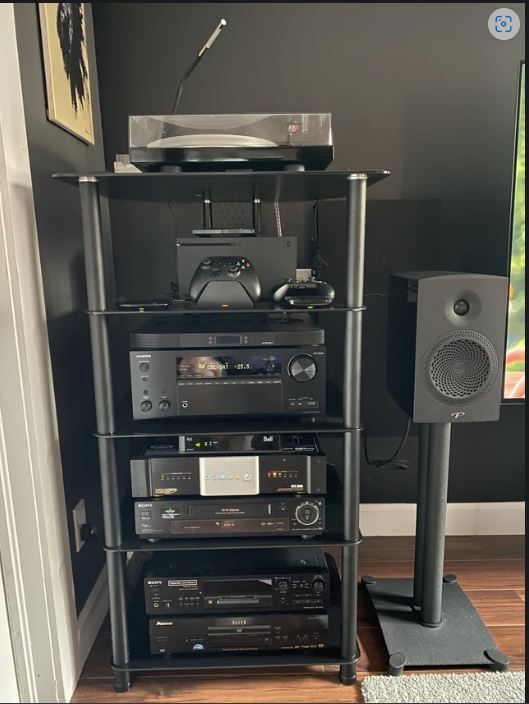
Well, in the case of my VCR, that’s a yes. No one makes new physical media for VCRs. If I do want to use VHS, it’s the used market for me. Quality-wise? The VCR, for sure, is obsolete. When released, it had 320p resolution and on modern TVs, it looks terrible. Heck, hooking up a VCR to my current AV receiver was difficult because I don’t have a ton of legacy inputs to support component or S-Video inputs.
The same with Betamax, VHS, Laserdisc, DVD, HD-DVD, and at some point Bluray. Technologies change and new formats get introduced and adopted. When we moved from VHS to DVD, I never thought that we needed anything more. At the time, 480p resolution was where it was at! Until 1080p came out. And then 4K. Do you see where I am going?
But what about your “vintage” turntable/cassette deck/CD player from the ’70s or ’80s? I hate to break it to you; they are probably obsolete. Here is the thing, even “back in the day”, there were entry-level components, and flagship components. Guess what sold best? The entry-level stuff was made cheaply, with cheap components. I see so many posts in turntable forums asking how to upgrade their ’80s entry-level table with a modern cartridge. You don’t – full stop. Flagship tables can be upgraded to modern standards, and that’s why they hold their value.
My editor continually stresses to me, just because it’s old and didn’t break doesn’t mean it’s good! If it was old and cheap in the ’80s, it’s older and cheaper in 2023. And obsolete!
Streaming Devices
This argument is simple. Streaming sources will become obsolete. After all, they are computers and were never designed to be upgraded. That means, at some point, the software or hardware inside will not be powerful enough or have the right connections for some future technology. Look at HDMI 2.1. The Apple TV 4K (Gen 2/3) is the only streaming device with the hardware. Is that important now? Not really. But when HDMI 2.1 becomes the “must-have”, anyone with an older box will be forced to upgrade.
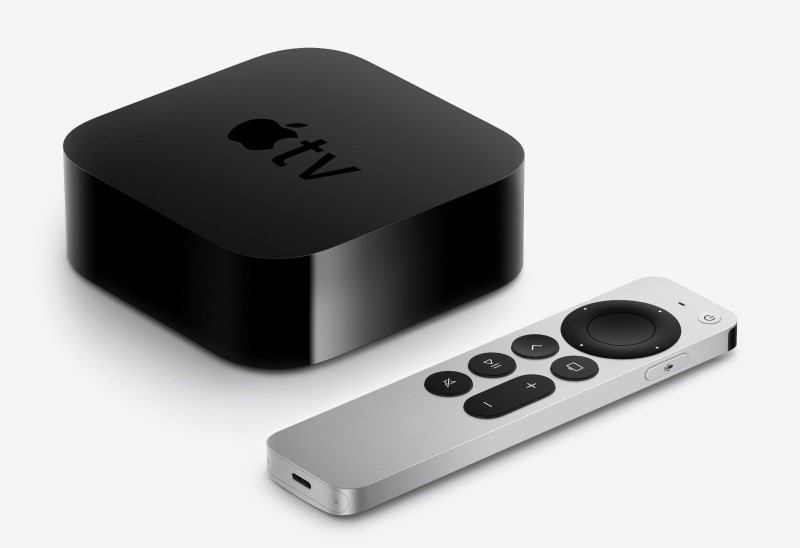
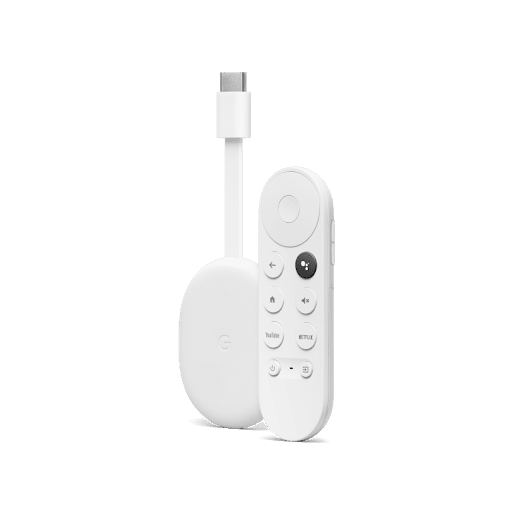
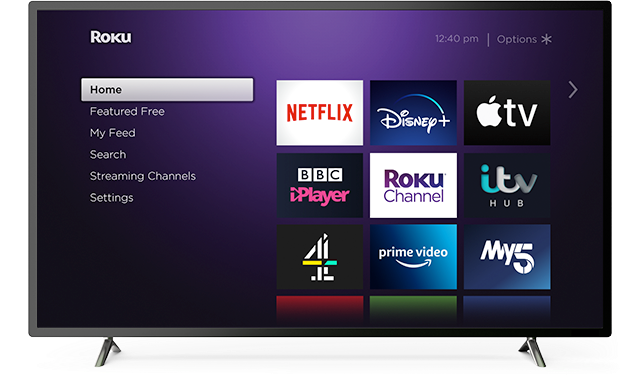
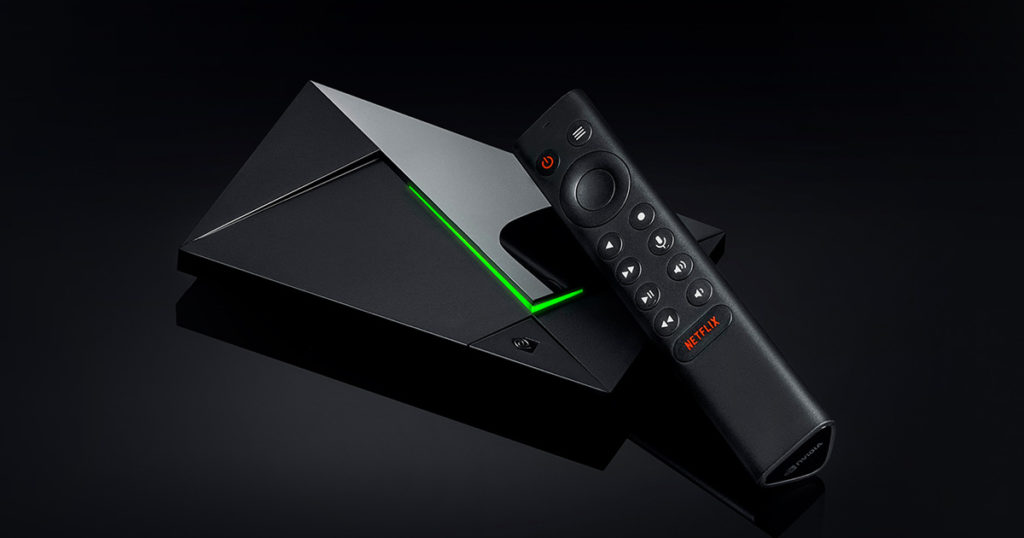
Like computers, streaming boxes will struggle to keep up as software evolves and gets updated. My friend was nursing an aging Apple TV HD. Navigating the thing was PAINFUL! It was so old and outdated that navigating menus was near impossible. So while it would still perform work, it was obsolete.
And at some point, you will stop getting software updates. For example, I think the only company actively supporting their older hardware faithfully is NVIDIA with their Shield devices. That means you should not buy a streaming box thinking that it will the last you will get. Rather, it will be the first of many!
Speakers
Here is the hill I am willing to die on. A good speaker from 30 years ago is still a good speaker today. Yes, older speakers don’t (arguably) look as nice as their modern counterparts. Plus, the materials used in the speaker suspension, usually foam, breaks down and needs replacing. But there are lots of after-market kits for you to DIY it.
What is the main difference between old and new speakers? A lot comes down to design, materials, and internal components. My older (1988) Energy ESM-1s speakers are big ‘ole rectangles with a simple wood-grain veneer, woofer, and tweeter attached to the speaker’s face with screws. By comparison, my Paradigm 200B’s (2021) are far more elegant. They have sweeping lines, no seams to be found, and everything is covered in space-age plastic or metal waveguides. But my Paradigms were designed with CAD, while my ESM-1s were designed on a drafting table.
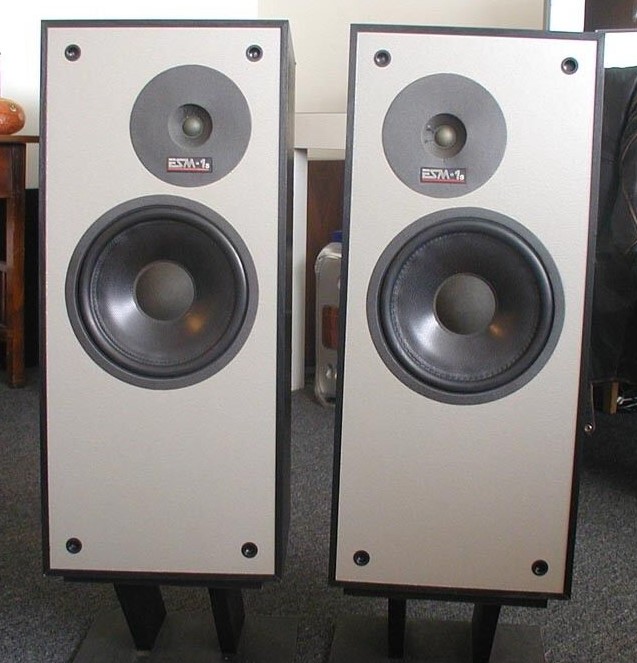
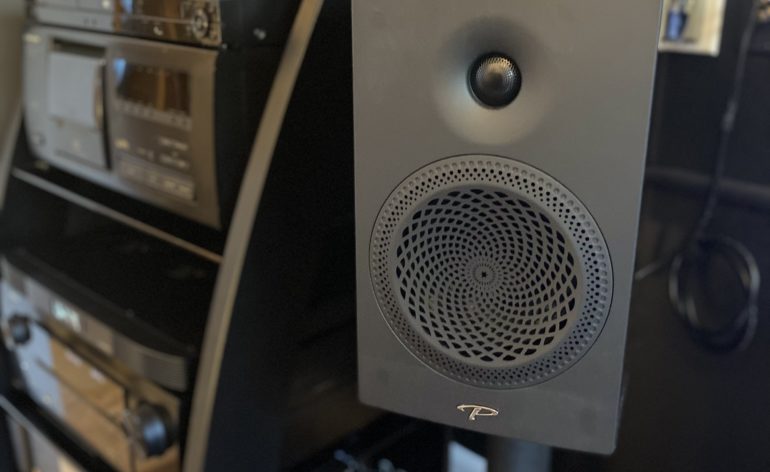
But sound-wise? Both sound very comparable. First, Energy and Paradigm did a lot of research in the ’80s and ’90s to perfect their very neutral sound. Secondly, both speakers are mid to upper-tier in their lines. That means both speakers were quality speakers when new and will continue to be quality speakers in the future. If they were cheap 30 years ago, they are still cheap, now they are old and cheap! Again, just because something lasted for a long time doesn’t make it “quality”. Case in point – my mom’s console stereo from the ’70s sounded bad then, and it still sounds bad now.
Subwoofers
This (in my opinion) is going to be an easy one. If your subwoofer doesn’t have a dedicated line in for LFE, or a plate amp, it’s obsolete. I had a MASSIVE passive 10″ Cerwin Vega subwoofer in the 90s, and it hit hard. But did it? Well, looking up the specs, it did not. Priced at $500 in 1996 ($877 today), it was 100W into 8ohms (you provide the amp) and had a frequency response of 40Hz to 125Hz, and nothing in the way of frequency by-pass. By comparison, the SVS PB1000 is $500, powered by a plate amp that delivers 300W RMS (peak of 720W). Oh, and its frequency response is 19Hz to 270Hz. And let’s not forget the DSP built-in and dedicated LFE inputs.


But wait, I had a powered sub from the ’00s; surely, it must be good! You might have something worth keeping. My first used sub was a Paradigm PW-2200 V2. It was a 12″ beast with 400W that claimed 21Hz on the low end. But it was truly massive, hard to place, and was 20+ years old. So what did I do with it? I slapped “vintage” on my for sale ad, sold it for $500 and bought my SVS PB1000.
In my experience, powered subs from the ’90s and ’00s are underpowered, have no DSP, and have frequency responses around 35-40hz. The adage “there ain’t no replacement for displacement” rang true. Subwoofers from the ’90s and ’00 were large! But today, companies like SVS use CAD and better materials to make smaller but more capable subwoofers.
Our Take
When we ask, “Old (not obsolete) – is my gear still good?” I have to respond that it depends. Just because something is old doesn’t make it obsolete. But just because something is old doesn’t make it good. A quality product from years gone by will probably still be a quality product tomorrow. And don’t let the term “vintage” fool you into thinking something is good. I have lots of vintage stuff, and not all of it is good.
But when we deal with video formats, it becomes easier to declare something obsolete. As we see higher resolutions, old formats will naturally become obsolete. Audio formats will continue to be debatable. Of course, you will always have those die-hards (myself included) that prefer the sound of a CD over streaming. But unlike some of those die-hards, I can admit that most of my love for these obsolete technologies is nostalgia.
But really, it comes down to how easy it is to integrate something into your new system. If I need to start adding devices to make it work with my new stuff, it’s probably obsolete. The question you need to ask is, is it worth the extra hassle to connect it?

